
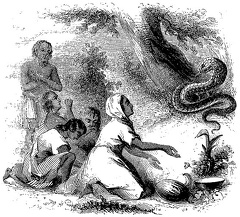 Worhipping the Cobra
Worhipping the Cobra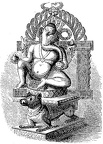 Pulliar
Pulliar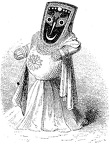 Juggernaut
Juggernaut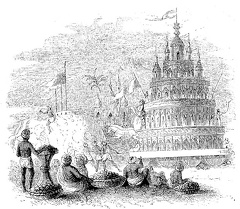 Juggernaut's Chariot
Juggernaut's Chariot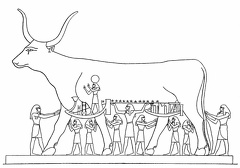 The Sky as a cow
The Sky as a cow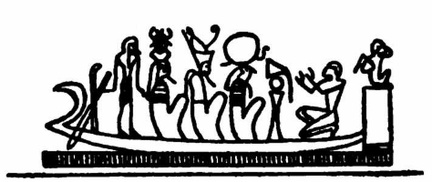 The bark of the sun
The bark of the sun The Sun-God of Edfu
The Sun-God of Edfu Hittite God
Hittite God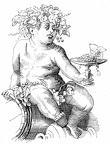 Bacchus
Bacchus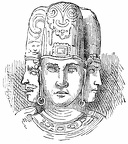 The Hindoo Trimurti
The Hindoo Trimurti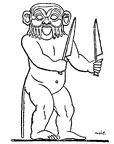 Figure of Bes
Figure of Bes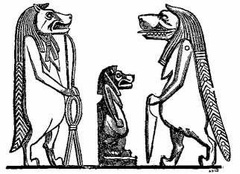 Figures of Taourt
Figures of Taourt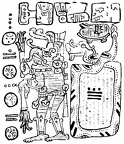 Another representation of the Elephant-headed Rain god
Another representation of the Elephant-headed Rain god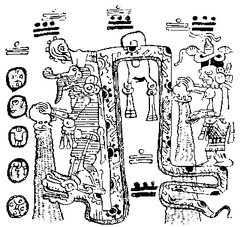 Reproduction of a Picture in the Maya Codex Troano representing the Rain-god Chac treading upon the Serpent's head
Reproduction of a Picture in the Maya Codex Troano representing the Rain-god Chac treading upon the Serpent's head Babylonian Weather God
Babylonian Weather God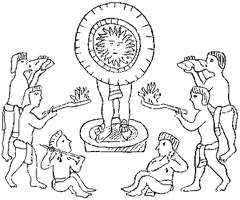 Representation of the ancient Mexican Worship of the Sun
Representation of the ancient Mexican Worship of the Sun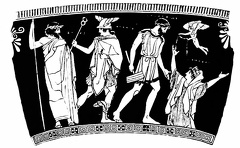 Greek costume of the Classic Period
Greek costume of the Classic Period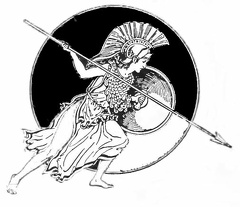 A Goddess
A Goddess Venus Pompeiana
Venus Pompeiana Isis and Horus
Isis and Horus Egyptian Gods—Set, Anubis, Typhon, Bes
Egyptian Gods—Set, Anubis, Typhon, Bes Athene of the Parthenon
Athene of the Parthenon



